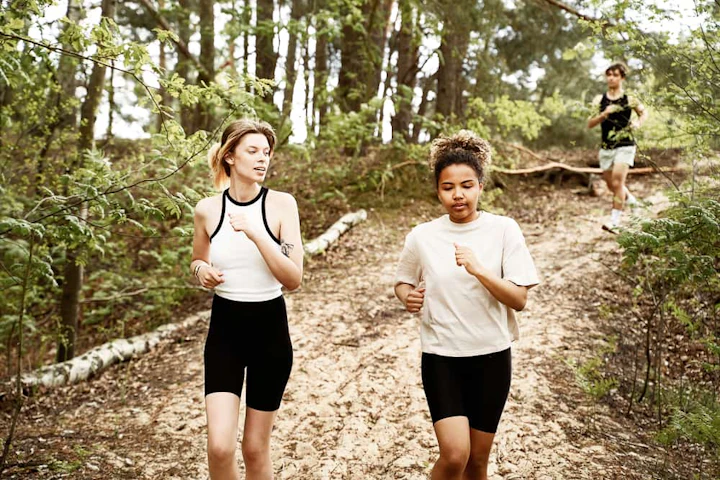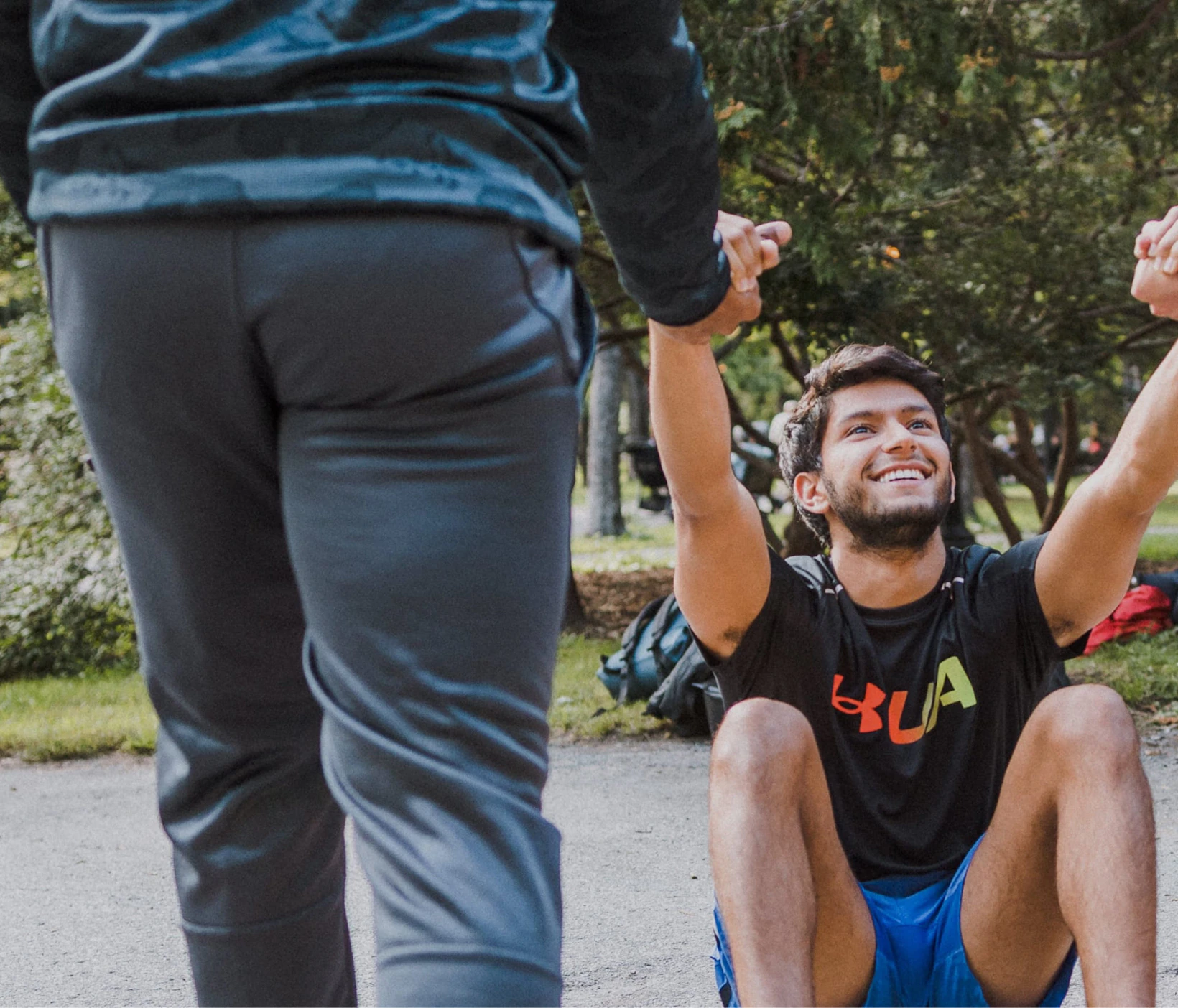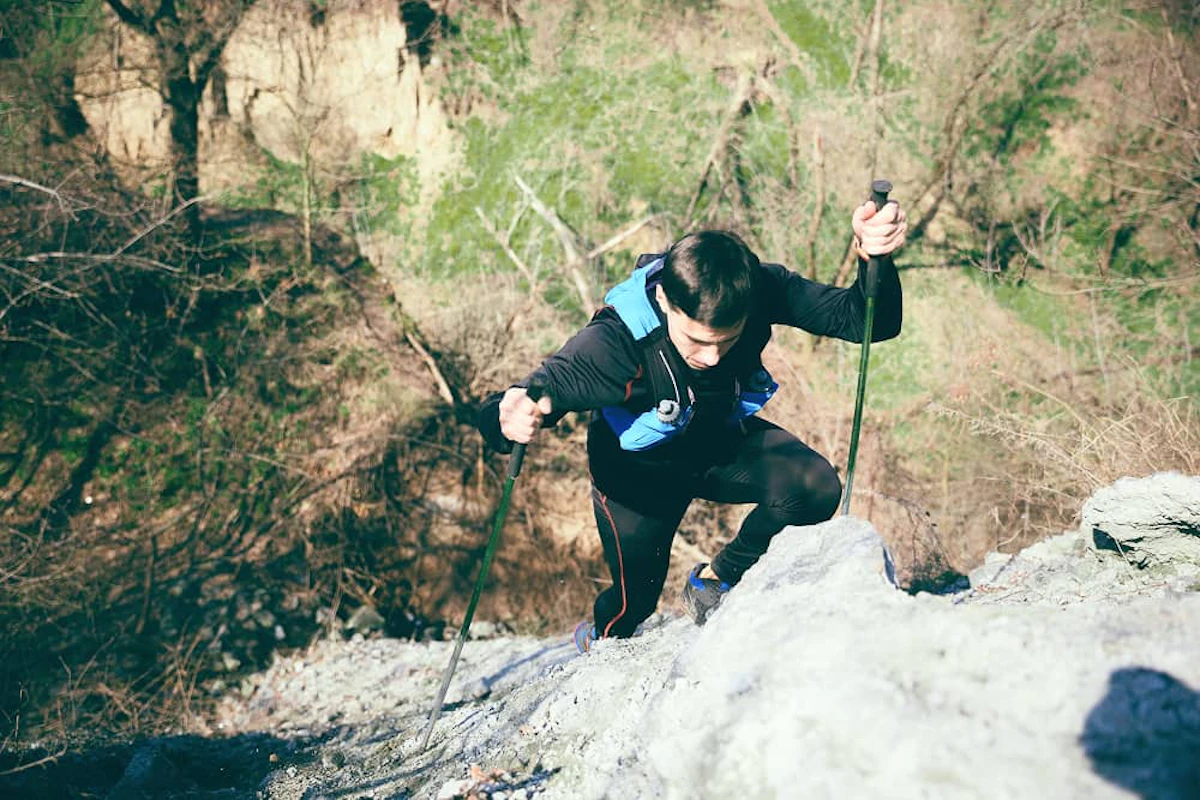
12 min read
Summary
What are the different types of carrying solutions in trail running?
Hydration belt
Hydration vest
Trail running backpack
What volume of trail backpack to choose based on the distance/duration of the race?
🟩 For short distance / up to two hours of effort
🟧 For medium distance trail competitions / up to about ten hours of effort
🟥 For long distance and ultra-trail
What are the essential characteristics and accessories of a good trail running backpack/vest?
👍 Size, comfort, and fit
⚖️ Weight: ultra-light and breathable packs
💦 Hydration system
💡 Storage: accessibility and compartments
How to properly use your trail running hydration vest/pack and other practical tips?
👌 How to pack your trail running hydration pack to optimize storage?
🔎 Should the trail running pack be worn over or under the waterproof jacket?
🧼 How to maintain and wash your hydration vest or trail pack?
🫰 What budget should you plan for? What are the reference brands?

Receive advice from our passionate coaches!
The vest, or hydration backpack for trail running, is now an essential. Indeed, today, no one would consider embarking on a multi-hour trail running without a minimum of fueling and equipment.
Hydration and nutrition are key elements and the lists of mandatory equipment remind us that safety is important in trail running, especially in mountainous terrain. Trail running requires being well-equipped to adapt to (changing and sometimes extreme) weather conditions. Hence the importance of having a well-suited carrying solution.
During his first participation in the CCC in 2006, the young François d’Haene, 20 years old, ran the race with a hiking backpack on his back. Since then, technology has evolved significantly. Trail running backpacks are much lighter and more ergonomic than they were back then.
Trail running vests, designed for relatively short formats, fit the body perfectly and are hardly noticeable even on the most technical terrains. The offering is abundant. We're going to give you some tips to help you make your choice based on your needs.
What are the different types of carrying solutions in trail running?
There are three carrying solutions in trail running, adapted to individual preferences and the type of effort.
Hydration belt
The belt is the lightest (between 50 and 100 grams) and most minimalist carrying solution. This flexible equipment is sometimes made of a single large pocket, allowing you to position your gear all around the waist. The belts allow carrying at least 250 milliliters of liquid, and up to 750 milliliters for the roomier ones.
This option is suitable for your short training runs or short trails up to about 1 hour 30 minutes, which require little gear and equipment. You can also use a belt in addition to a vest or a backpack.
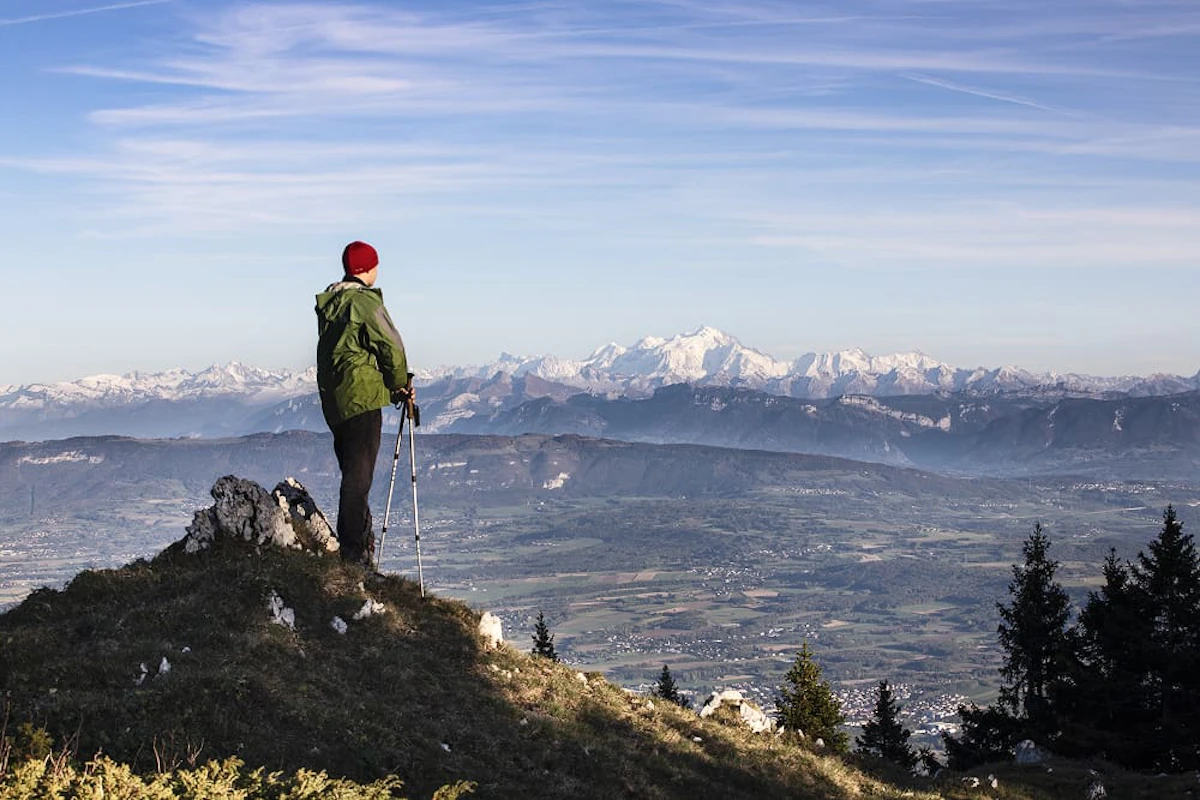
Hydration vest
The hydration vest is specifically designed to carry your hydration and a few small accessories and equipment in a comfortable and practical manner. The vest is very light and is easily forgotten. It is worn directly on the chest, fitting well to the body while offering great freedom of movement.
The number one advantage of the hydration vest is to easily carry 1 liter of hydration. Very often, the vests have two front pockets dedicated to holding soft flasks of 500 or 600 milliliters.
Additionally, the vest offers more storage capacity than a belt, thus providing greater autonomy. However, the loading volume at the back is very limited. It's a good option for short to medium distance trails.
Trail running backpack
The trail running backpack offers a larger storage volume than the vest and many compartments. It features a large back pocket, very practical for storing a substantial amount of gear (rain jacket, warm clothes, safety equipment, and so forth), and possibly a water pocket. This is the preferred solution for long trails requiring great autonomy.
What volume of trail backpack to choose based on the distance/duration of the race?
Your choice of carrying solution is directly related to the length of your trail running. More specifically, it meets your need for autonomy during the race, depending on the mandatory equipment and fueling stations available throughout the course.
🟩 For short distance / up to two hours of effort
It is generally advised to drink between 400 and 600 milliliters per hour during a trail running effort. Thus, a hydration belt may be suitable for a short trail running of less than two hours with very little mandatory equipment and the possibility to refuel with water halfway through.
Otherwise, a hydration vest with a volume of 2 to 4 liters is perfectly suited for this type of trail running. Note, the volume indicated in liters corresponds to the total loading capacity of the vest and not the volume of water carried!
🟧 For medium distance trail competitions / up to about ten hours of effort
After two hours of effort, a belt is no longer sufficient… unless you are an (elite) trailer. Depending on the number of fueling points along the route, you can opt for a hydration vest of 5 to 8 liters or a slightly larger trail backpack, up to 10 liters.
This is sufficient volume to tackle formats like maratrail (44-74 kilometers-effort) or even M formats (75 to 114 kilometers-effort). A good tip for gaining autonomy between two fueling stations when it is hot is to slip a third 500-milliliter flask at the back of your backpack.
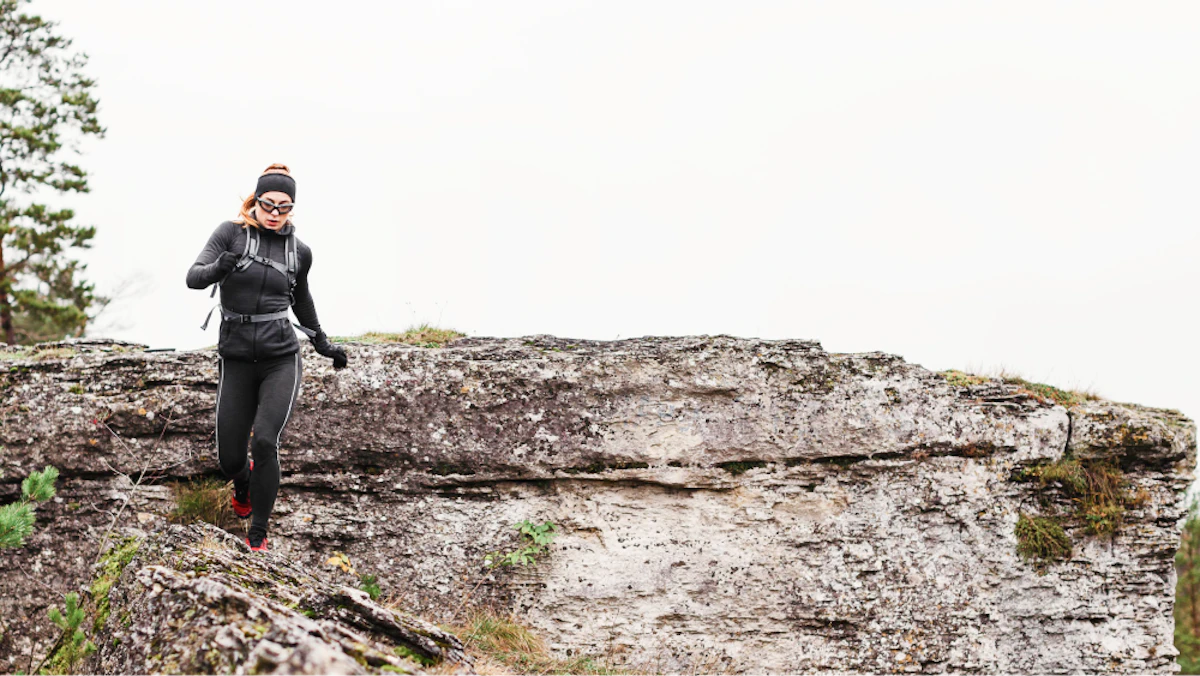
🟥 For long distance and ultra-trail
It's a different dimension. When approaching long distances and ultra-endurance events, autonomy is a crucial element.
The list of (mandatory equipment) grows considerably, especially when you are required to run at night. You need space and many storage pockets to stash and organize your food, clothes, and all your gear.
A trail running pack with more than 10 liters is essential. Some models go up to 24 liters. Perfect for going on an expedition for several days in total autonomy!
What are the essential characteristics and accessories of a good trail running backpack/vest?
In addition to volume, there are other key elements to check when choosing your trail running backpack. Here are the most important ones.
👍 Size, comfort, and fit
You should never skimp on comfort when choosing your shoes. It's exactly the same when choosing your trail running vest/backpack. The size (XS, S, M, L, XL) should be adapted to your build, particularly to your chest size.
Preferably choose a backpack equipped with wide ergonomic straps and multiple straps so it can be perfectly adjusted to your body shape. We absolutely want to avoid chafing while running. Some models are specially designed for women. They integrate a flask system relocated below the chest.
⚖️ Weight: ultra-light and breathable packs
Manufacturers have made considerable progress. The materials used are very flexible, breathable, and ultra-light. Some high-end vests weigh less than 100 grams and ultra-trail running packs less than 200 grams! Of course, lightness comes at a cost.
💦 Hydration system
Flask team or water bladder team? The major advantage of flasks is their ease of refilling at aid stations and the ability to easily check the remaining liquid level. The advantage of the water bladder is its large capacity: up to 3 liters. This also means more weight to carry on your back.
Afterwards, the choice is very personal. In terms of performance, having a water bladder on the back and a tube is less ergonomic than carrying flasks on the chest. Generally, you mostly see water bladders among beginners while advanced athletes opt for flasks.
💡 Storage: accessibility and compartments
It's good to carry a lot of equipment. It's better to be able to access it easily. The number and location of pockets is an important criterion, especially when the distances increase.
For example, elastic pockets are very practical elements. We also recommend having at least one zipped pocket to store your personal items (key, ID). If you're considering using trail running poles, check that your pack has a fastening system or allows you to add a quiver.
How to properly use your trail running hydration vest/pack and other practical tips?
👌 How to pack your trail running hydration pack to optimize storage?
For an optimal loading of the large back pocket, the technique is simple. Place the equipment that is least likely to be needed at the bottom of the pack and the most frequently used items in the upper part.
If you're moving in the mountains, make sure you have easy access to your waterproof jacket, phone, and survival blanket. Safety is not negotiable. Of course, all your performance nutrition should be within reach. Ideally, position your bars, gels, and other purees in the side pockets of the pack.
🔎 Should the trail running pack be worn over or under the waterproof jacket?
There is no absolute rule in this matter. Generally, it's more practical to wear the pack over the jacket to facilitate access to the various pockets. However, in case of heavy rain or very cold conditions, the reverse option keeps your pack dry and "warm." Still, make sure you've chosen a jacket that's sufficiently spacious.
🧼 How to maintain and wash your hydration vest or trail pack?
To extend the lifespan of your trail running vest/pack, it's advised to take care of it and clean it regularly. After each muddy or rainy outing, let your pack dry. If necessary, clean it with cold/warm water and mild soap.
Then store it without compressing it in a dry place out of the sun. Finally, don't forget to rinse and clean your flasks and/or water bladder after each use. A little tip? Store your flasks in the refrigerator to prevent mold formation!
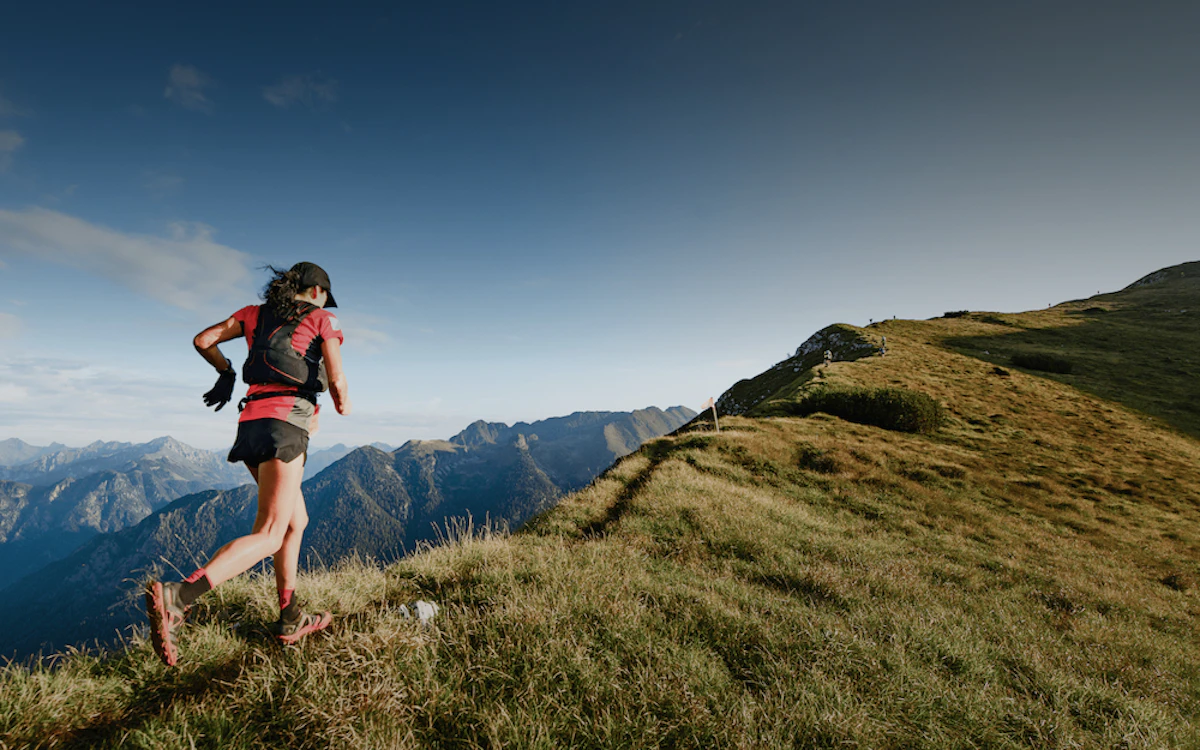
🫰 What budget should you plan for? What are the reference brands?
If you want to choose a belt, prices range from 20 to 50 euros. For a hydration vest or low-capacity pack, expect to pay between 40 and over a hundred euros depending on the brands. Finally, for a high-capacity pack, prices can soar beyond 250 euros for the most technical, lightweight, and durable products.
Several brands are present in the trail vest/pack market. We can mention Compressport, Instinct, Millet, Oxsitis, Raidlight or the young French brand Wise.
However, when looking at the starting lines of trails, it's clear that another French brand largely dominates the market. Trail vests and packs from Salomon are favored by trail runners. There is something for every budget. The “S-Lab” range is the most advanced in terms of performance.
In conclusion, selecting the ideal hydration vest is paramount for enhancing your running hydration and overall comfort on the trails. Whether you're tackling shorter runs or embarking on multi-hour long runs and full day adventures, these running vests and hydration packs are designed with a crucial body hugging fit to prevent chafing and ensure a stable, comfort fit. Look for models with easily accessible front pockets for essentials and at least one secure zippered pocket for valuables. The choice between different hydration systems, often featuring convenient soft flasks, is personal. Many packs are designed to carry extra layers, and some brands offer women specific models. Ultimately, the right vest is an investment in your performance and enjoyment on any trail.
You understood, the hydration vest or trail pack is a basic piece of equipment in trail-running once you exceed a certain duration of effort. Make sure to choose a comfortable pack adapted to your morphology and the duration of the race.
However, to avoid multiple purchases, a carrying system of 5 to 8 liters is a good compromise. It will suffice for up to ten hours of effort. Enough to enjoy some good moments on the trails!

Antoine
Published on , updated on
share

Receive advice from our passionate coaches!
In the same category
Share this post

